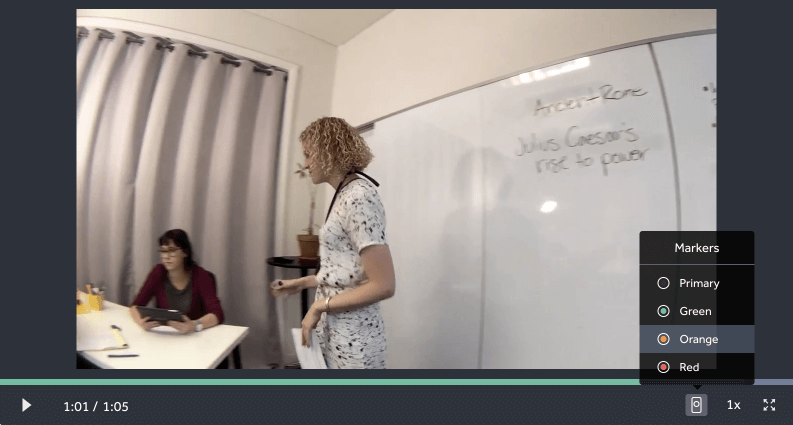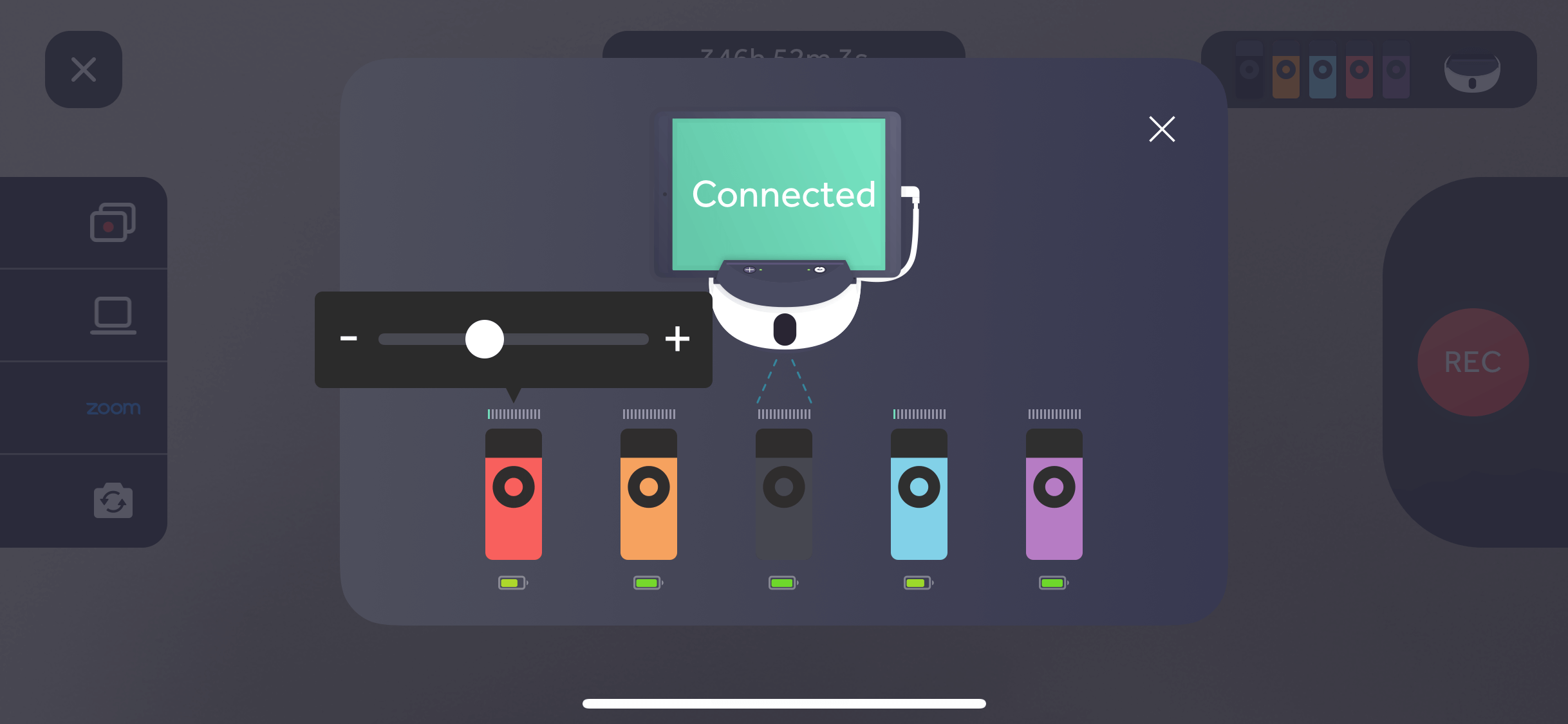
From the very first version of Swivl’s robot we realized how important clear audio is for our customers. It is not enough to see what the teacher is doing, but it is also important to hear them and in most cases to hear student replies, questions, and conversations so that engagement can be observed and measured. Most cameras and mobile devices’ built-in microphones are inadequate. We have learned the pitfalls and weaknesses of other available solutions and designed something that uniquely suits the classroom environment.
HD or even 4K video is so omnipresent and accessible now, that everyone expects audio quality to match. Some video software vendors (such as Edthena and Torsh) recommend cheap wireless microphones -- which lead to unusable videos, many frustrations, and wasted time and effort. Building products that capture great audio requires a sophisticated understanding of the recording environment and of wireless audio recording technology, which they lack. There are a number of important parameters to consider when selecting wireless microphones for video capture in the classroom.
Interference. A majority of the wireless microphones are using low cost technologies that are prone to interference from other devices. One of the most common is using 2.4Ghz frequencies which is also used by Bluetooth, Wifi, and many other wireless technologies. With the introduction of Wifi 802.11n as a standard, the spectrum of this particular frequency is overloaded. This leads to moments of noise or silences that can last seconds contributing to horrible audio quality and also missing the important moments. The C-Series Swivl uses DECT technology which operates at a completely different, much less used, frequency.

Noise. Microphones have some inherent background noise. It is due to many technical factors including the use of analog technology, analog transmission, and design methodologies. We have tested a number of consumer wireless microphones and found them incredibly noisy -- the actual recordings were drowning in the background noise. The microphones would have to be held right by the speaker’s mouth or the speaker would need to elevate their voice dramatically in order to be heard. C-Series Swivl uses all digital technologies -- from the microphone to the recording. This makes background noise levels some of the lowest possible.
Coverage. One microphone is sufficient to capture audio of one speaker. But what about students? What if they are broken up into small groups? How do you get whole classroom coverage to measure engagement? There are currently no commercially available solutions to do this. Only Swivl offers up to 5 concurrent microphones that can be placed strategically around the classroom. After a video has been captured, each individual audio stream can be listened to individually or several at a time, making it an ideal engagement analysis tool.

Sensitivity. Sensitivity is how much of surrounding sounds the microphone can pick up. Some microphones are very sensitive and pick up everything around them. Some are not sensitive at all, requiring very close placement to the speaker. Some commercial microphones have adjustments, but that often leads to increased background noise. Swivl has adjustable sensitivity in the mobile app for every microphone paired with the robot. This allows a teacher to individually adjust each microphone based on the situation.

Swivl is the industry leader in classroom audio and is trusted by 40,000 educators to deliver the best, most reliable audio for the classroom environment. Alternatives simply cannot compare and while one may be able “get by” using an inferior solution, eventually we find that those people end up choosing Swivl: where superior audio meets unique tracking in our robots; and in our intelligent platform: analytics and insights come alive with our audio enhanced playback options. Invest in the right solution right from the start. Invest in Swivl.